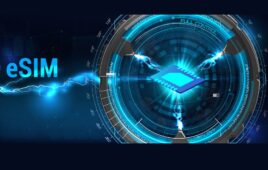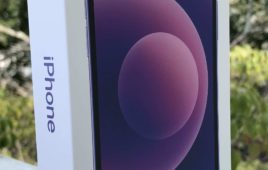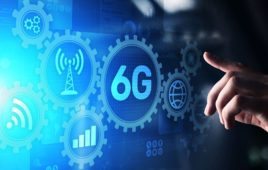Sprint today showed off the 1 gigabit per second speeds its new network technology, named Sprint Spark, will be capable as the carrier’s Network Vision continues to unfold.
Sprint Spark currently hits peak speeds of 50-60 megabits per second but the carrier promises those transfer rates will go up and that it’s “technically feasible” to hit 2 Gbps over-the-air in the future.
Spark, the term the company is using for its imminent tri-band LTE network, uses a combination of carrier aggregation, 8T8R, MIMO antenna technology and TDD to crank up speed, capacity and coverage.
Sprint is today deploying Spark in five markets— New York, Los Angeles, Chicago, Tampa and Miami—and plans to cover 100 million people with Spark or 2.5 GHz by the end of 2014. Sprint plans to have Spark covering 100 markets over the next three years.
The LTE roadmap that CEO Dan Hesse spelled out earlier today during Sprint’s third-quarter earnings call essentially amounts to the carrier’s plans for Spark. Once Sprint’s first tri-band LTE devices—from HTC, LG and Samsung—become available over the next few weeks, customers will be able to start riding Sprint’s LTE airwaves in the 1.9 GHz, newly refarmed 800 MHz and 2.5 GHz.
As indicated earlier by Hesse, LTE deployment in 800 MHz will begin in the fourth quarter and LTE deployment in 2.5 GHz is scheduled to cover 100 million people by the end of next year.




